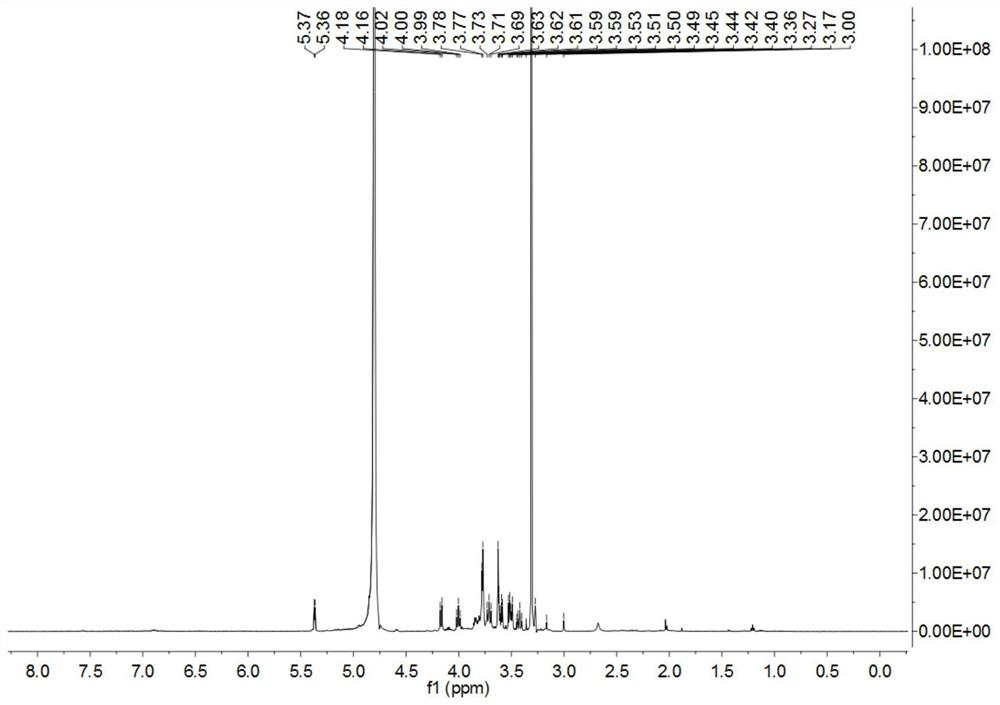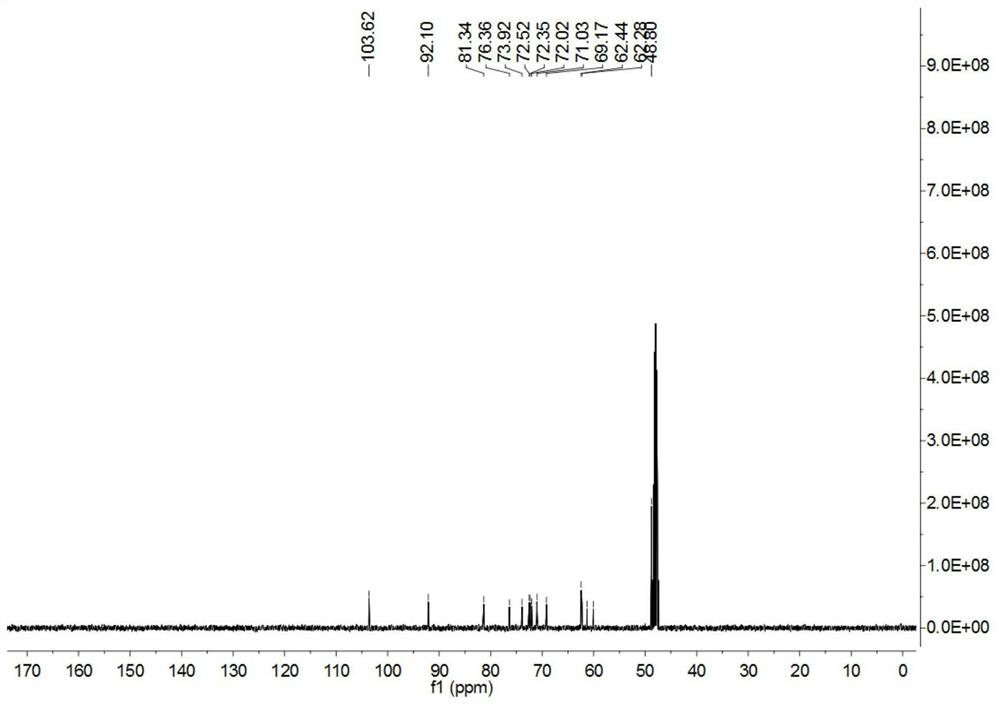Peanut coating active components and its application in the preparation of anti-obesity and anti-diabetic drugs
An active component, anti-diabetic technology, applied in anti-diabetic drugs, the active component of peanut clothing and its application in the field of preparation of anti-obesity, can solve the problems of easy rebound and many side effects
- Summary
- Abstract
- Description
- Claims
- Application Information
AI Technical Summary
Problems solved by technology
Method used
Image
Examples
Embodiment 1
[0031] Embodiment 1 peanut shell active component extraction
[0032] Take 60% ethanol to soak the peanut coat twice, the first time for 1 hour, the second time for 0.5 hours, then filter with suction, concentrate to 1 / 50 of the original volume, and then use macroporous adsorption resin HP-20 to separate and elute The solvent is 40% ethanol, and fractions are collected, which are the active components of peanut shells.
Embodiment 2
[0033] Embodiment 2 peanut shell active component component analysis
[0034] experimental method:
[0035] The peanut shell active component is divided into two parts by high performance liquid chromatography (HPLC), the conditions are: Develosil ODS-UG-5 (φ20×250mm), Nomura Chemical column, 6ml / min flow rate, 0-15min, 18% methanol isocratic Elution, collected as sugar components; 15-25min, 18%-100% methanol gradient elution, 25-40min, 100% methanol isocratic elution, collected as non-sugar components. Afterwards, the components of the sugar and non-sugar parts were analyzed by spectral analysis, high-resolution mass spectrometry and chemical derivatization methods.
[0036] Experimental results:
[0037] Through the analysis of these two parts of hydrogen spectrum and carbon spectrum nuclear magnetic spectrum ( Figure 1-4 ), confirming that these two parts are the sugar part and the non-sugar part, respectively. Afterwards, the sugars were partially hydrolyzed and acety...
Embodiment 3
[0044] The research of the preparation method of embodiment 3 experimental type 2 diabetes mice
[0045] High-fat diet is the main way to induce obese type 2 diabetes model. In order to correctly prepare experimental type 2 diabetes mice, this example established a type 2 diabetes pathological model by feeding high-fat diet for a long time.
[0046] experimental method:
[0047] In this embodiment, the experimental animals are divided into a control group and a model group. The control group was given normal feed, and the model group was given high-fat feed (all provided by Shanghai Slack Experimental Animal Co., Ltd.). The feeding period was 5 months, and the food intake, water intake and body weight of the animals were measured every week. In the last week of modeling, the mice were fasted and their blood sugar levels were measured. When the weight increased significantly and the blood sugar level was greater than 9, the mice were judged as type 2 diabetic mice.
[0048] ...
PUM
 Login to View More
Login to View More Abstract
Description
Claims
Application Information
 Login to View More
Login to View More - R&D
- Intellectual Property
- Life Sciences
- Materials
- Tech Scout
- Unparalleled Data Quality
- Higher Quality Content
- 60% Fewer Hallucinations
Browse by: Latest US Patents, China's latest patents, Technical Efficacy Thesaurus, Application Domain, Technology Topic, Popular Technical Reports.
© 2025 PatSnap. All rights reserved.Legal|Privacy policy|Modern Slavery Act Transparency Statement|Sitemap|About US| Contact US: help@patsnap.com



